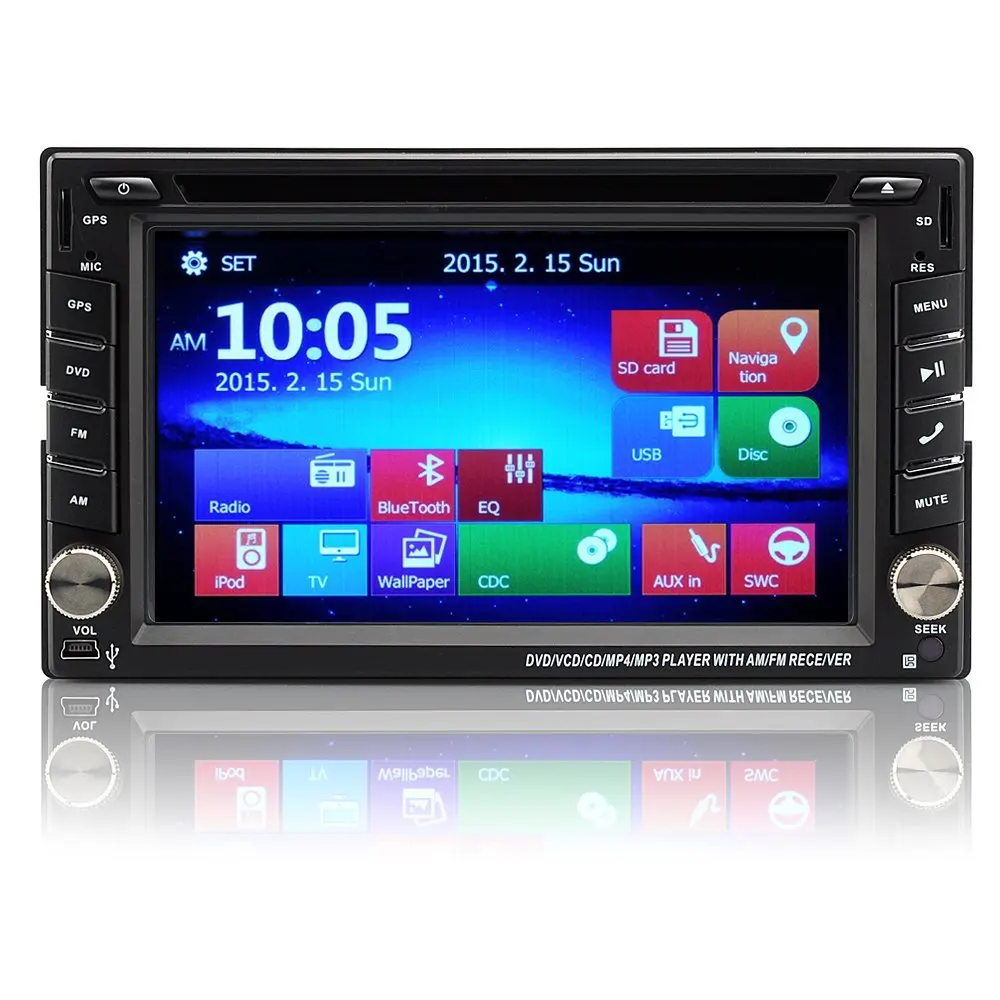Download Windows Ce 60 Media Player
Mar 11, 2006 - The Core Pocket Media Player is a media player for Windows CE/Windows Mobile devices, using ARM processors.
• and • • to • and • and Also available for,,, Replaces,, (Win32 version) Related components,, Windows Media Player ( WMP) is a and media library application developed by that is used for playing, video and viewing images on personal computers running the, as well as on and -based devices. Editions of Windows Media Player were also released for, and but development of these has since been discontinued. In addition to being a media player, Windows Media Player includes the ability to music from and copy music to compact discs, burn recordable discs in format or as data discs with playlists such as an, synchronize content with a digital audio player (MP3 player) or other mobile devices, and enable users to purchase or rent music from a number of. Windows Media Player replaced an earlier application called Media Player, adding features beyond simple video or audio playback. Windows Media Player 11 is available for Windows XP and included in.
The default file formats are (WMV), (WMA), and (ASF), and its own based playlist format called Windows Playlist (). The player is also able to utilize a service in the form of. Windows Media Player 12 is the most recent version of Windows Media Player. It was released on October 22, 2009 along with and has not been made available for previous versions of Windows or has it been updated since for,. Does not run Windows Media Player. Media Player 5 The first version of Windows Media Player appeared in 1991, when Windows 3.0 with was released.
Originally called Media Player, this component was included with 'Multimedia PC'-compatible machines but not available for retail sale. It was capable of playing.mmm animation files, and could be extended to support other formats. It used to handle media files.
Being a component of Windows, Media Player shows the same version number as that of the version Windows with which it was included. Microsoft continually produced new programs to play media files.
 In November of the following year, was introduced with the ability to play files in an, with codec support for and, and support for playing uncompressed files. 3.2 was added in a later release.
In November of the following year, was introduced with the ability to play files in an, with codec support for and, and support for playing uncompressed files. 3.2 was added in a later release.

Video for Windows was first available as a free add-on to, and later integrated into. In 1995, Microsoft released with DirectX Media SDK. ActiveMovie incorporates a new way of dealing with media files, and adds support for streaming media (which the original Media Player could not handle). In 1996, ActiveMovie was renamed. However, Media Player continued to come with Windows until Windows XP, in which it was officially renamed Windows Media Player v5.1. ('v5.1' is the version number of Windows XP.) In 1999, Windows Media Player's versioning broke away from that of Windows itself.
Windows Media Player 6.4 came as an out-of-band update for, and Windows NT 4.0 that co-existed with Media Player and became a built-in component of Windows 2000, and Windows XP with an mplayer2.exe stub allowing to use this built-in instead of newer versions. Windows Media Player 7.0 and its successors also came in the same fashion, replacing each other but leaving Media Player and Windows Media Player 6.4 intact. Windows XP is the only operating system to have three different versions of Windows Media Player (v5.1, v6.4 and v8) side by side. All versions branded Windows Media Player (instead of simply Media Player) support DirectShow codecs.
Windows Media Player version 7 was a large revamp, with a new user interface, visualizations and increased functionality. Download keyboard tracer full. Windows Vista, however, dropped older versions of Windows Media Player in favor of v11. Beginning with, Windows Media Player supports the framework besides DirectShow; as such it plays certain types of media using Media Foundation as well as some types of media using DirectShow. Windows Media Player 12 was released with. It included support for more media formats and added new features. With Windows 8, however, the player did not receive an upgrade.
On April 16, 2012, Microsoft announced that Windows Media Player would not be included in, the line of Windows designed to run on ARM based devices. Features [ ] Core playback and library functions [ ] Windows Media Player supports playback of audio, video and pictures, along with fast forward, reverse, file markers (if present) and variable playback speed (seek & time compression/dilation introduced in WMP 9 Series). It supports local playback, streaming playback with multicast streams and progressive downloads. Items in a playlist can be skipped over temporarily at playback time without removing them from the playlist. Full keyboard-based operation is possible in the player. Windows Media Player supports full media management, via the integrated media library introduced first in version 7, which offers cataloguing and searching of media and viewing media metadata. Media can be arranged according to album, artist, genre, date et al.